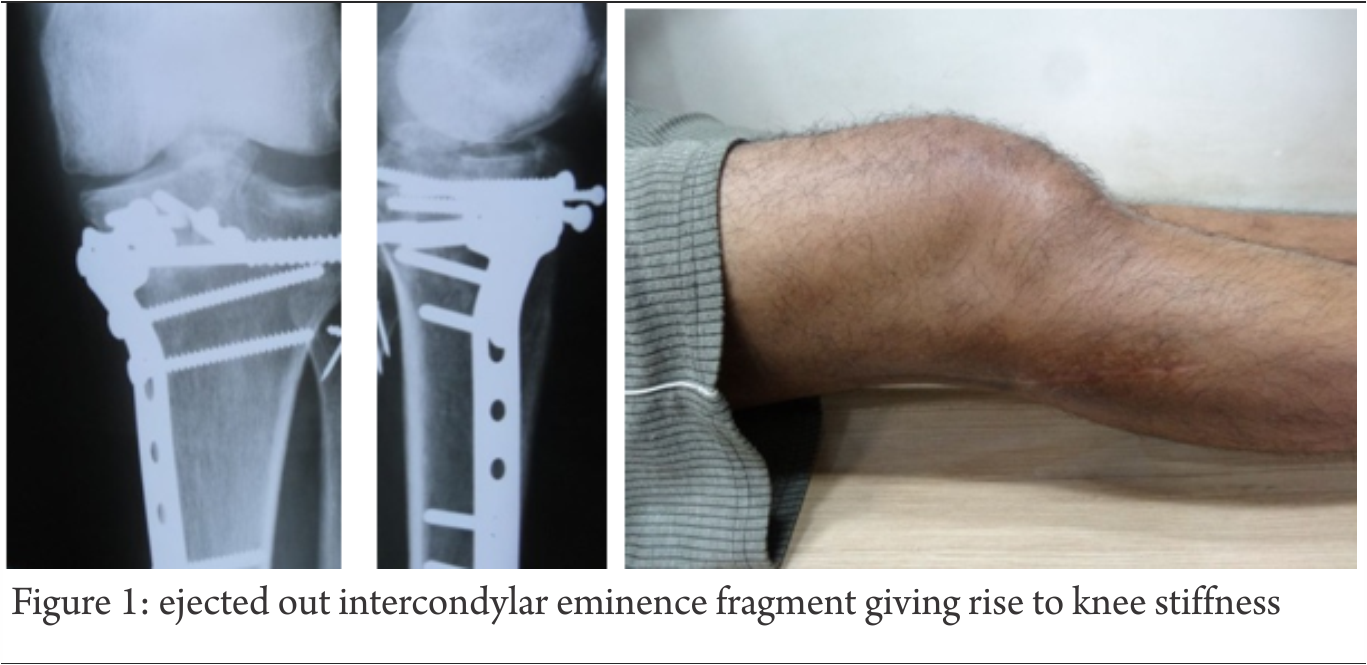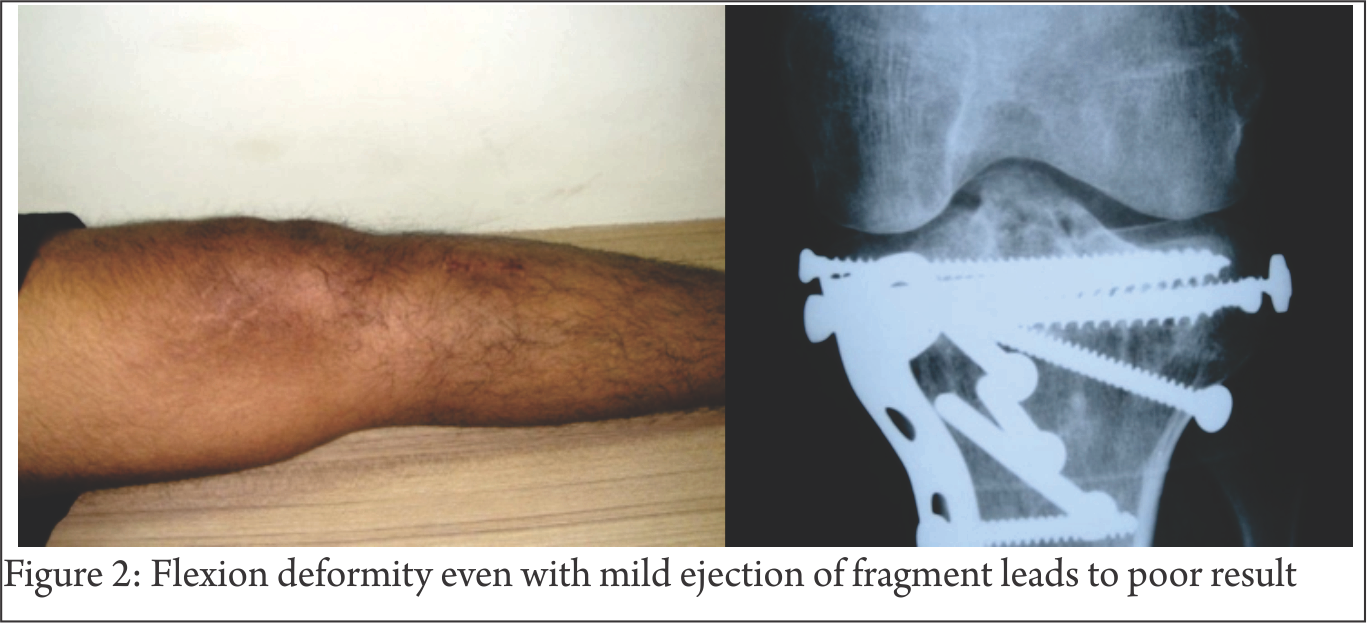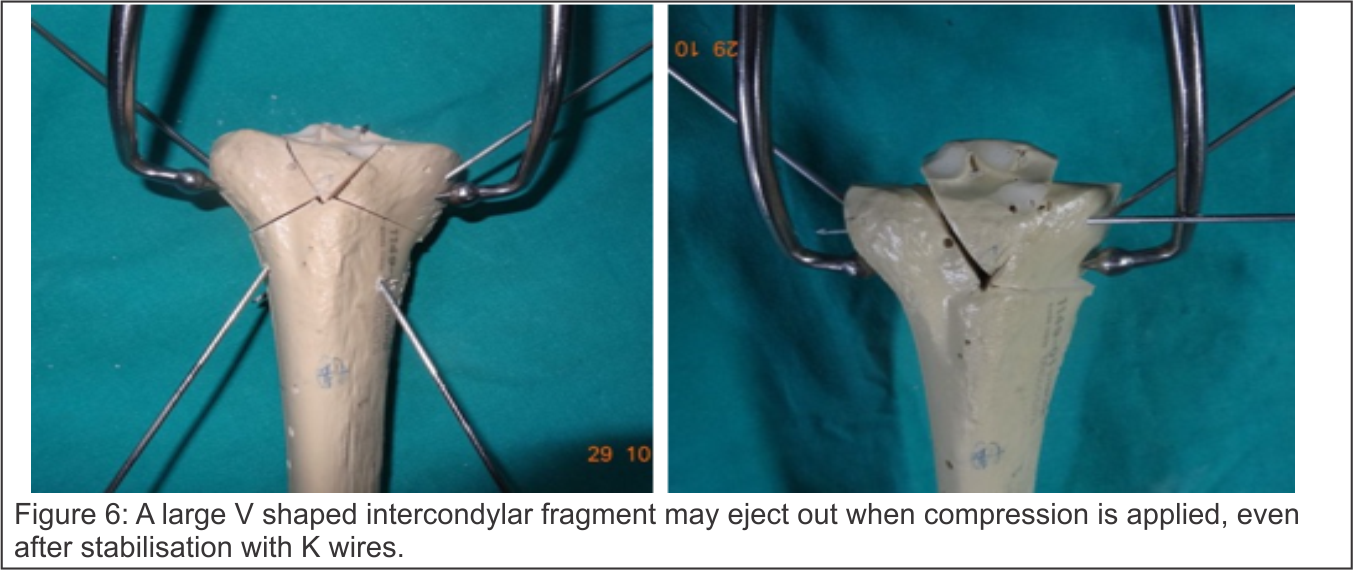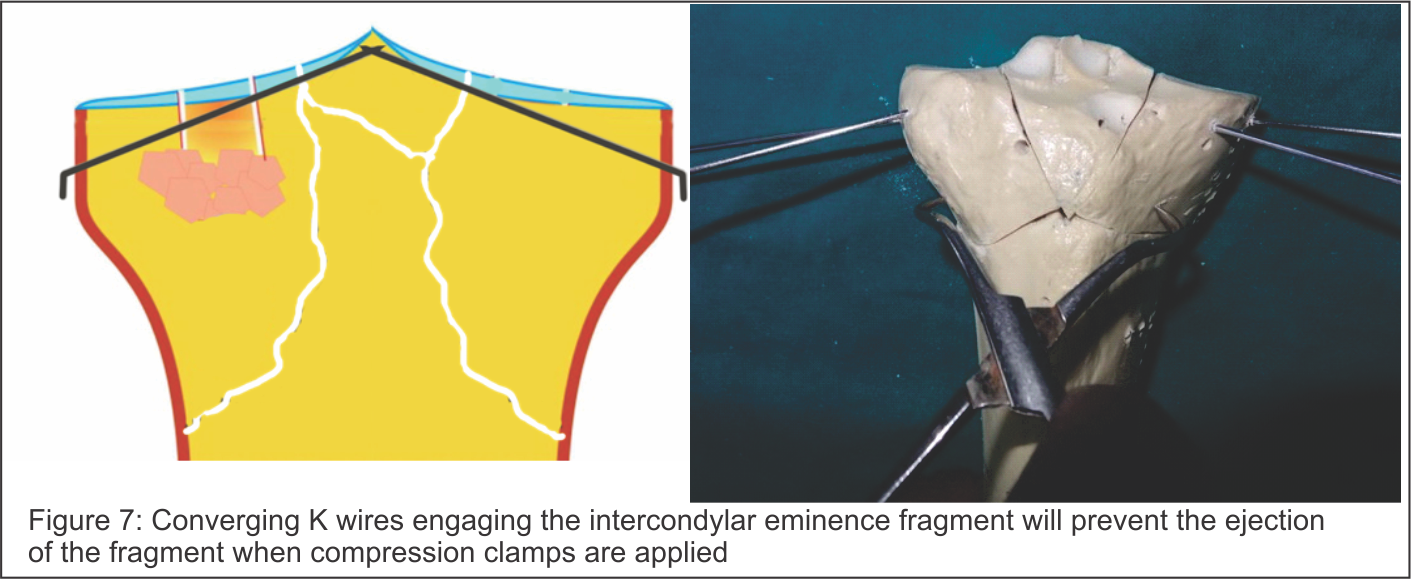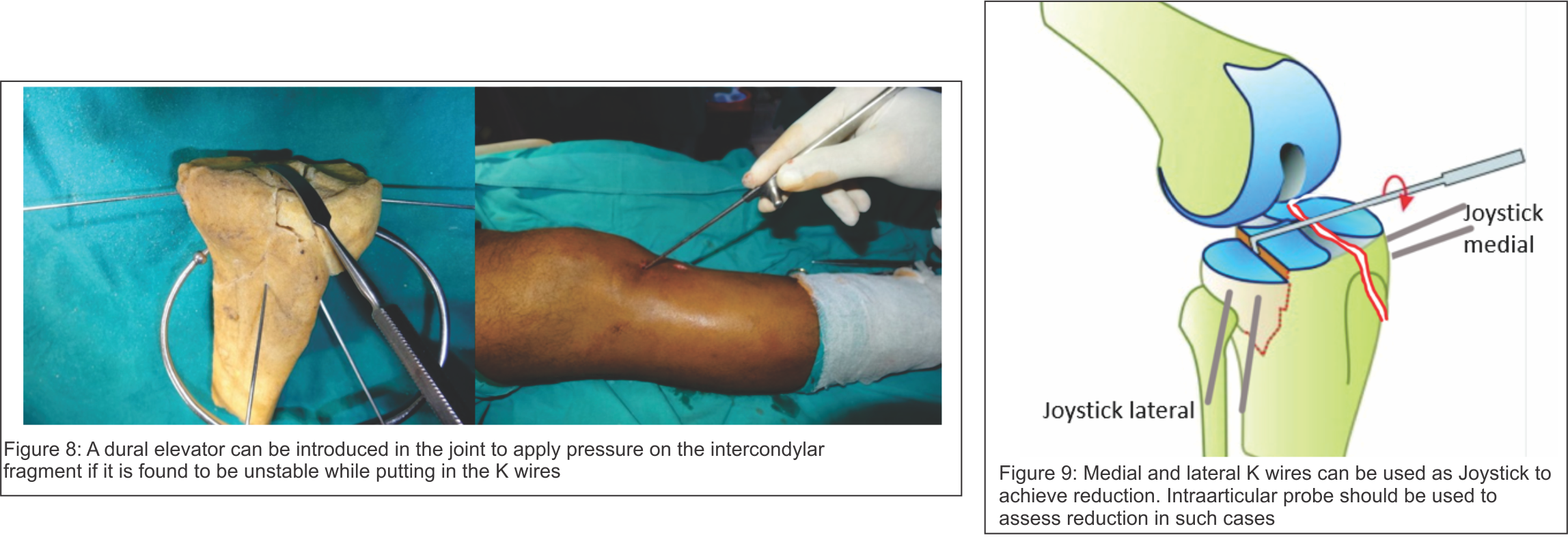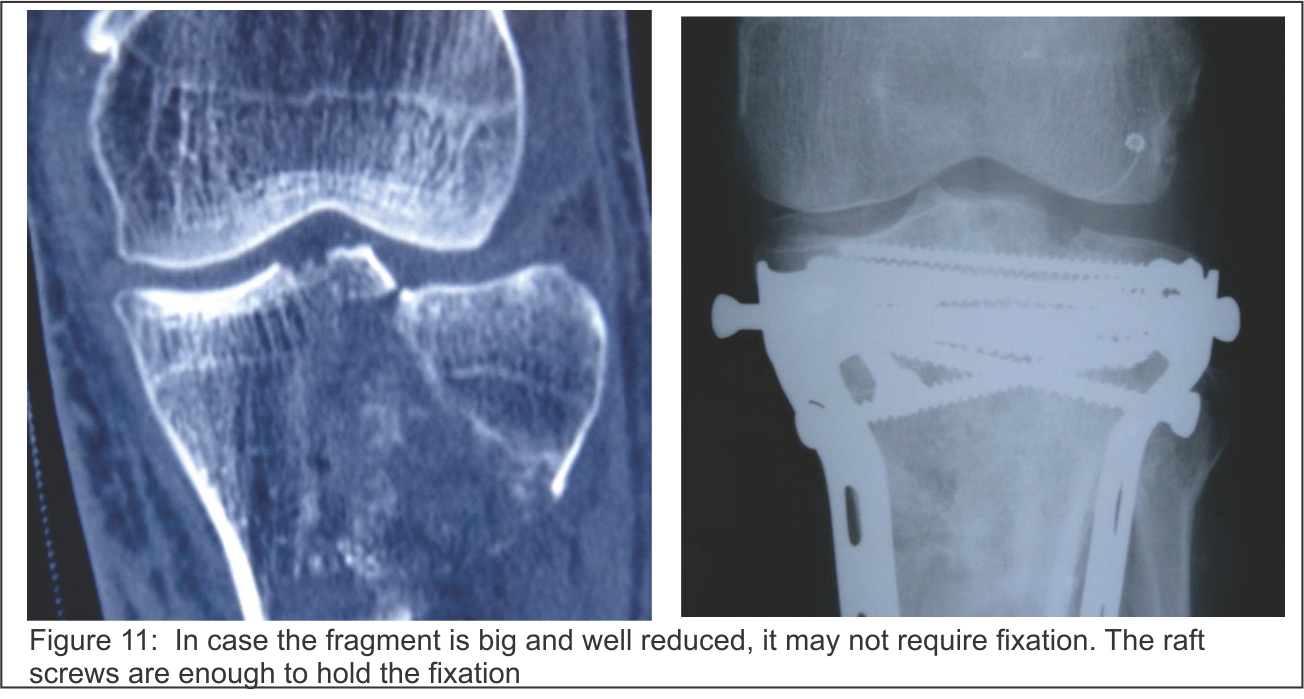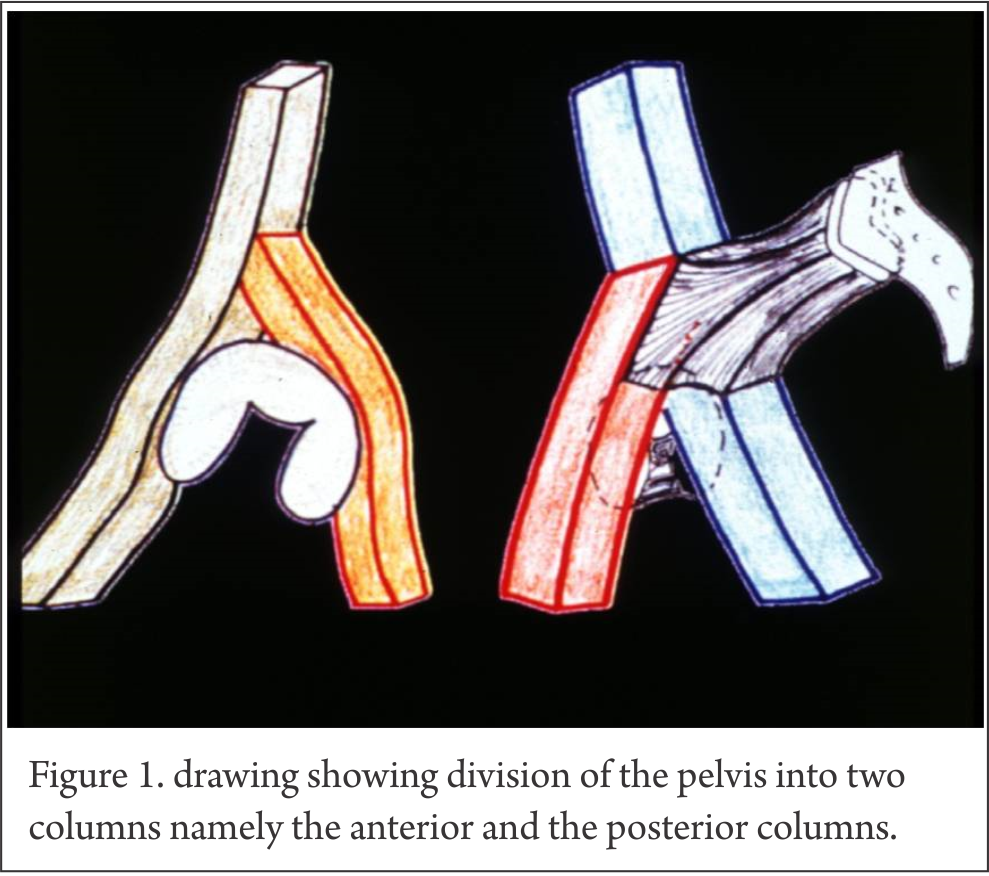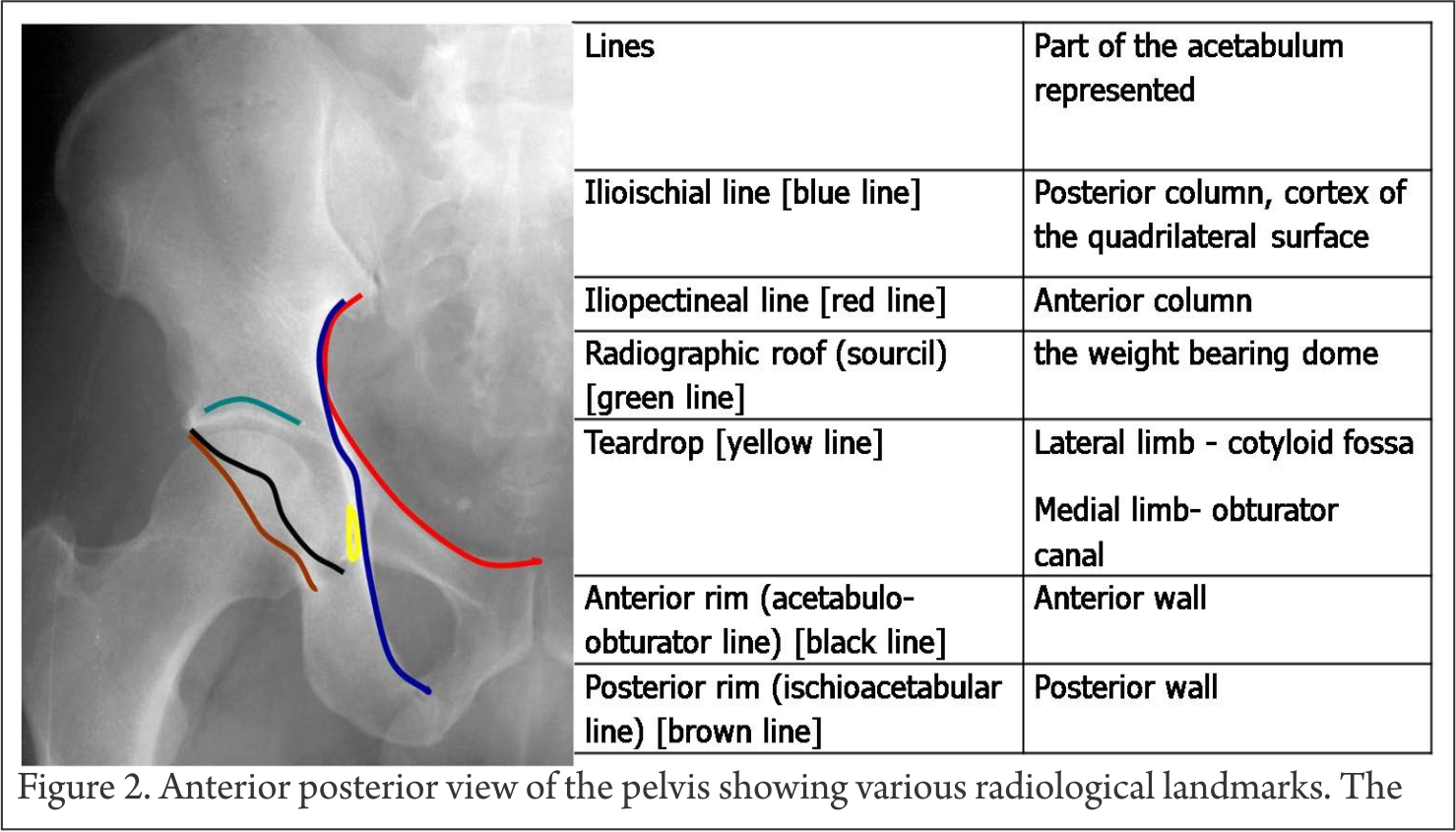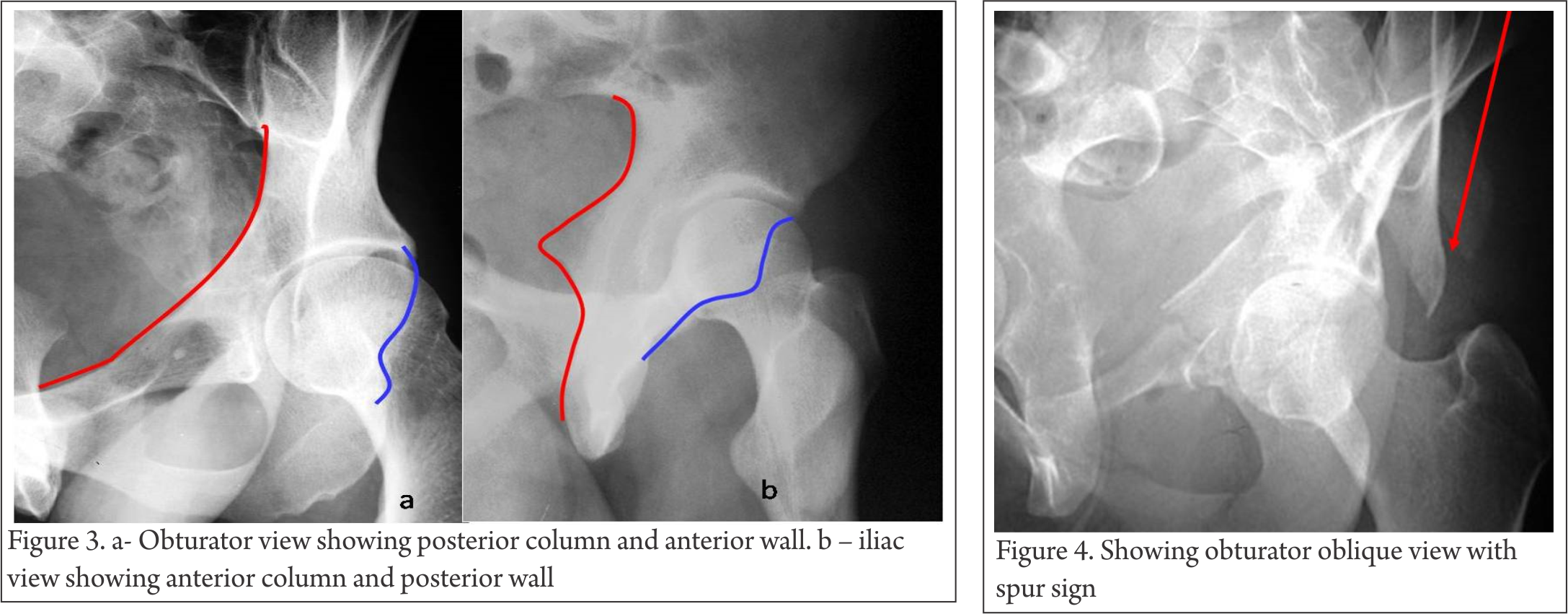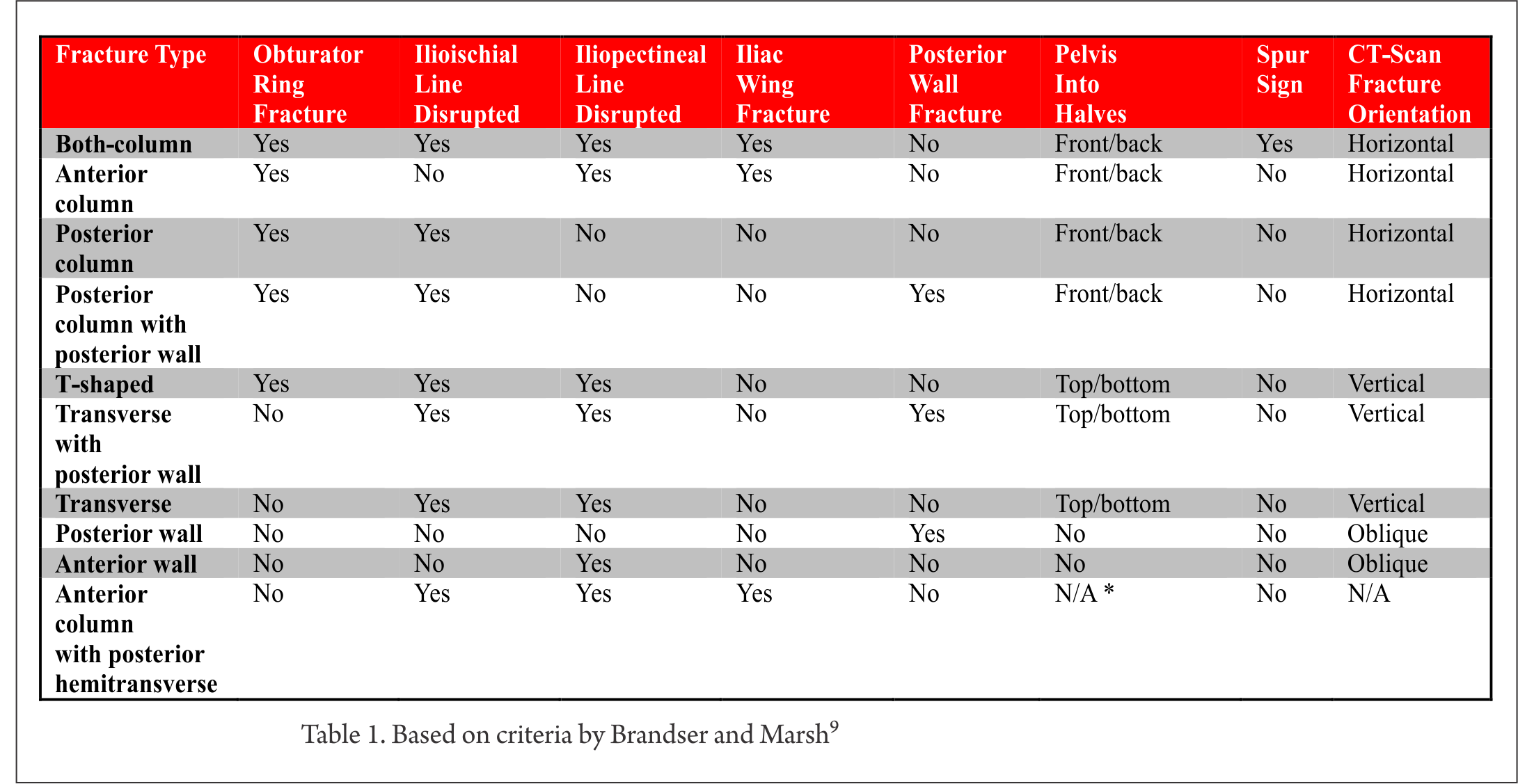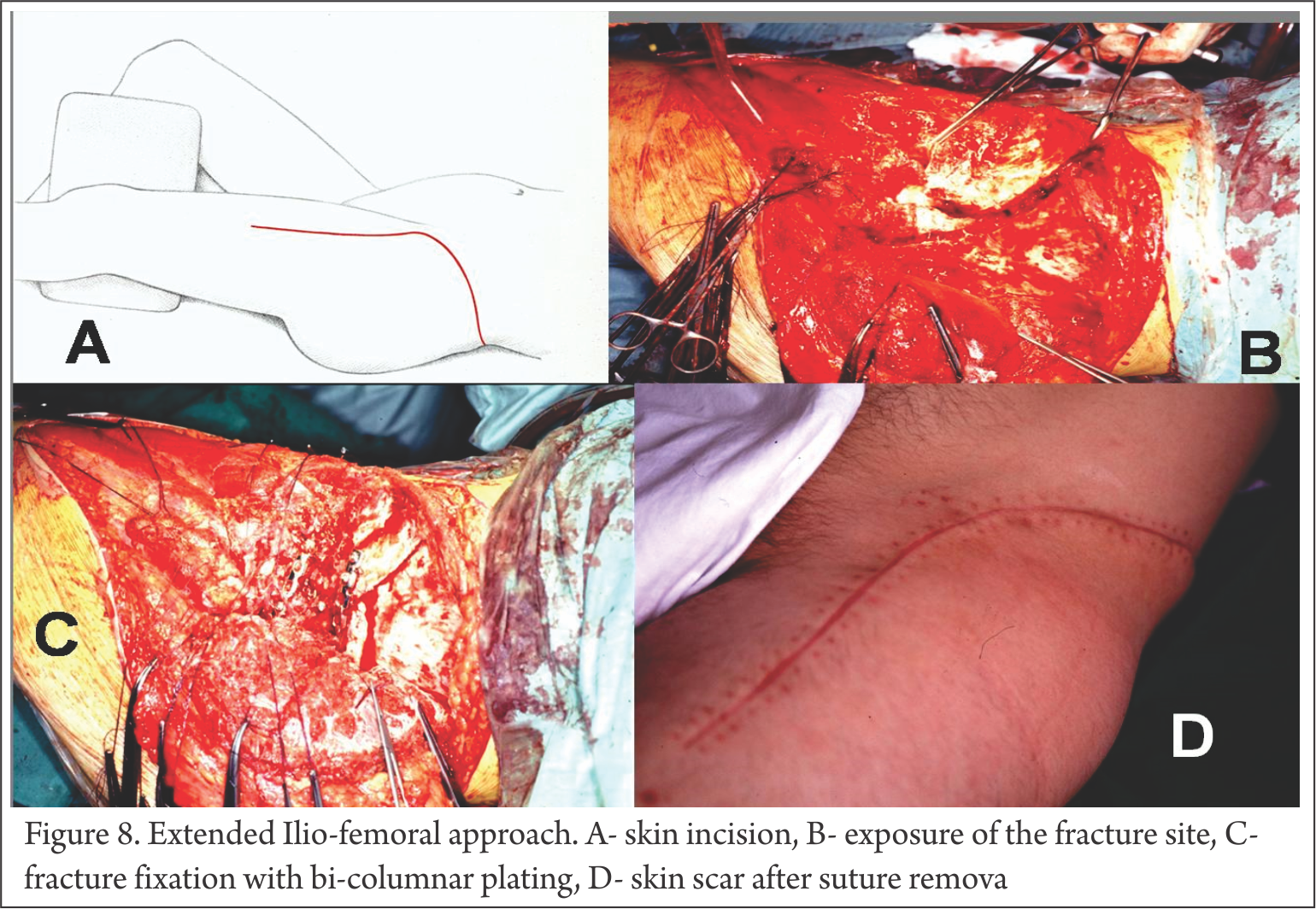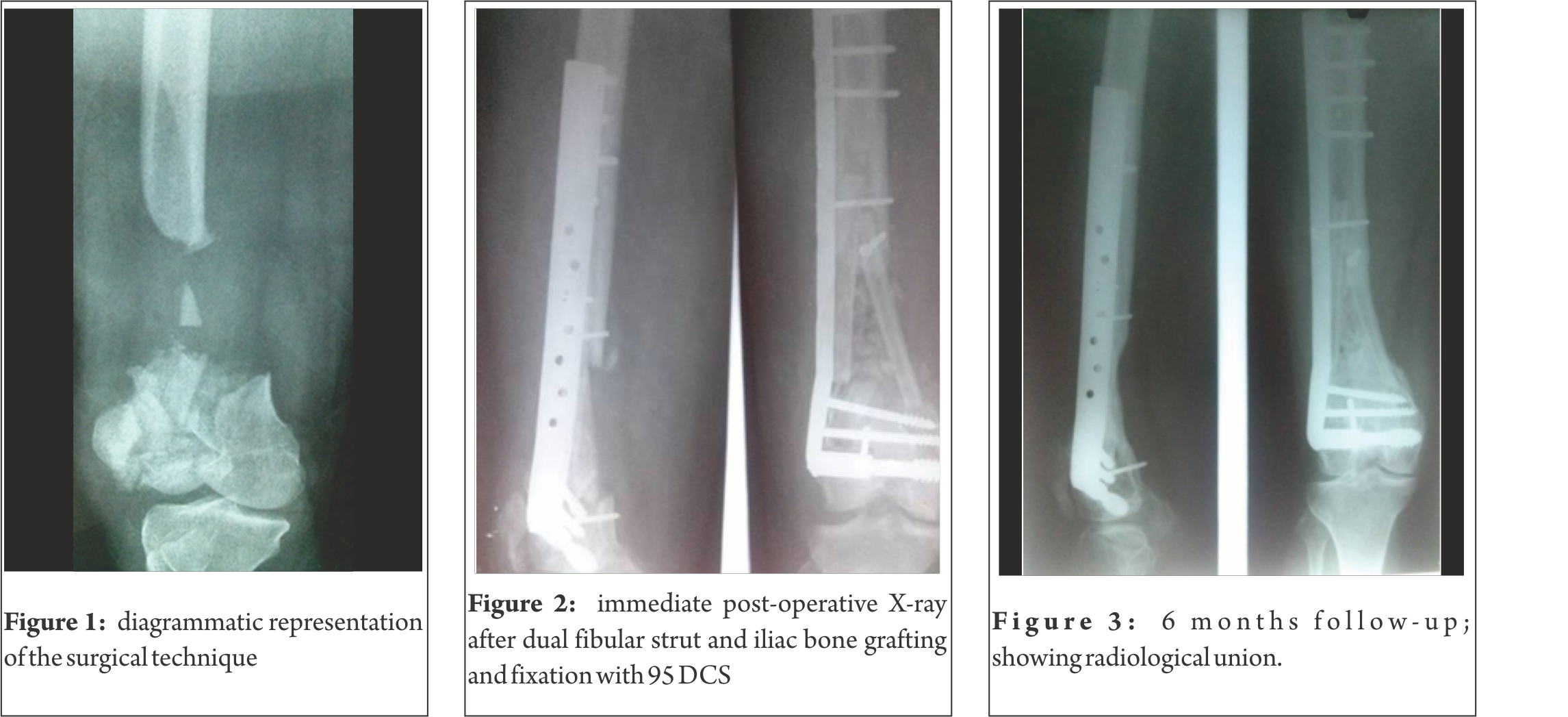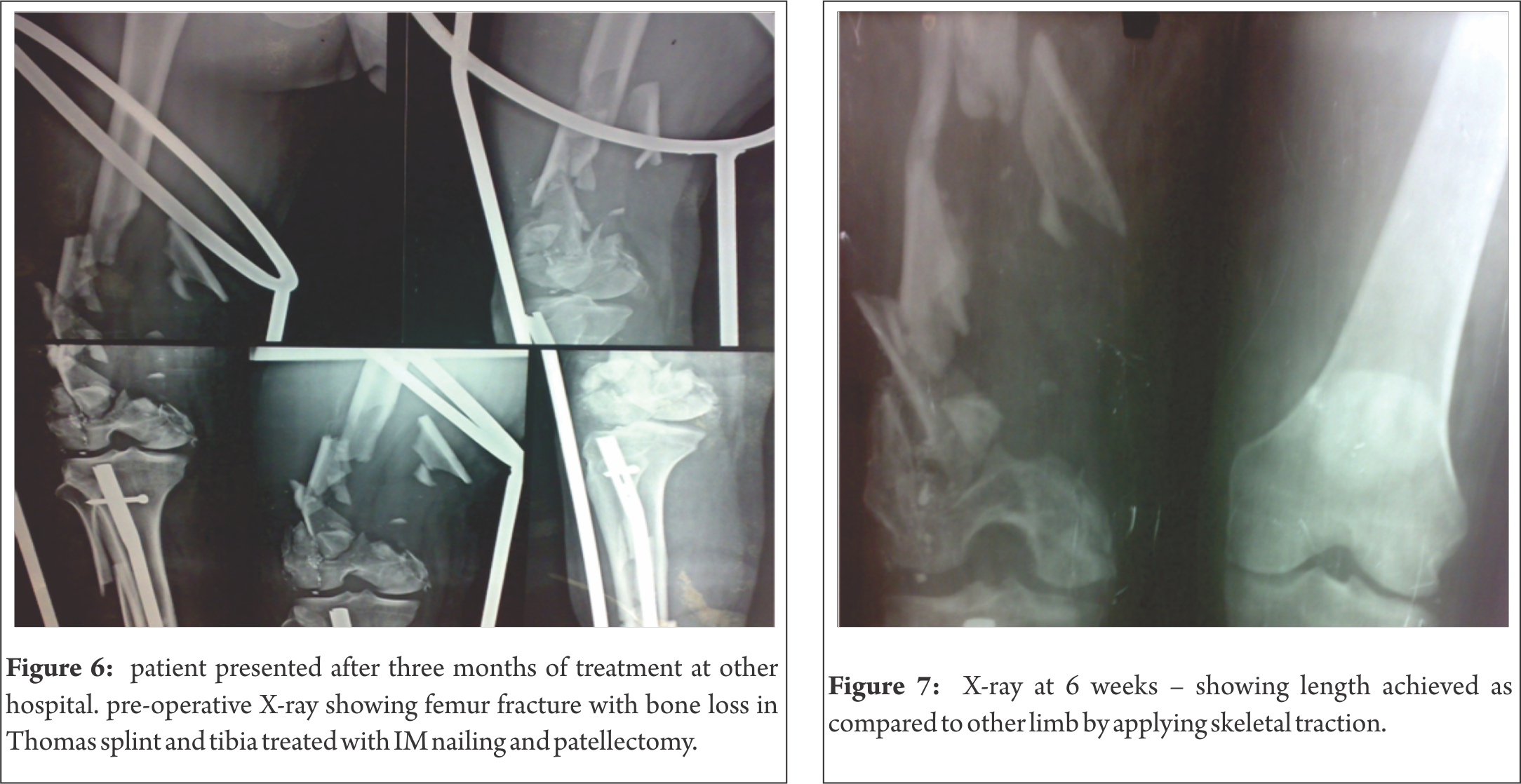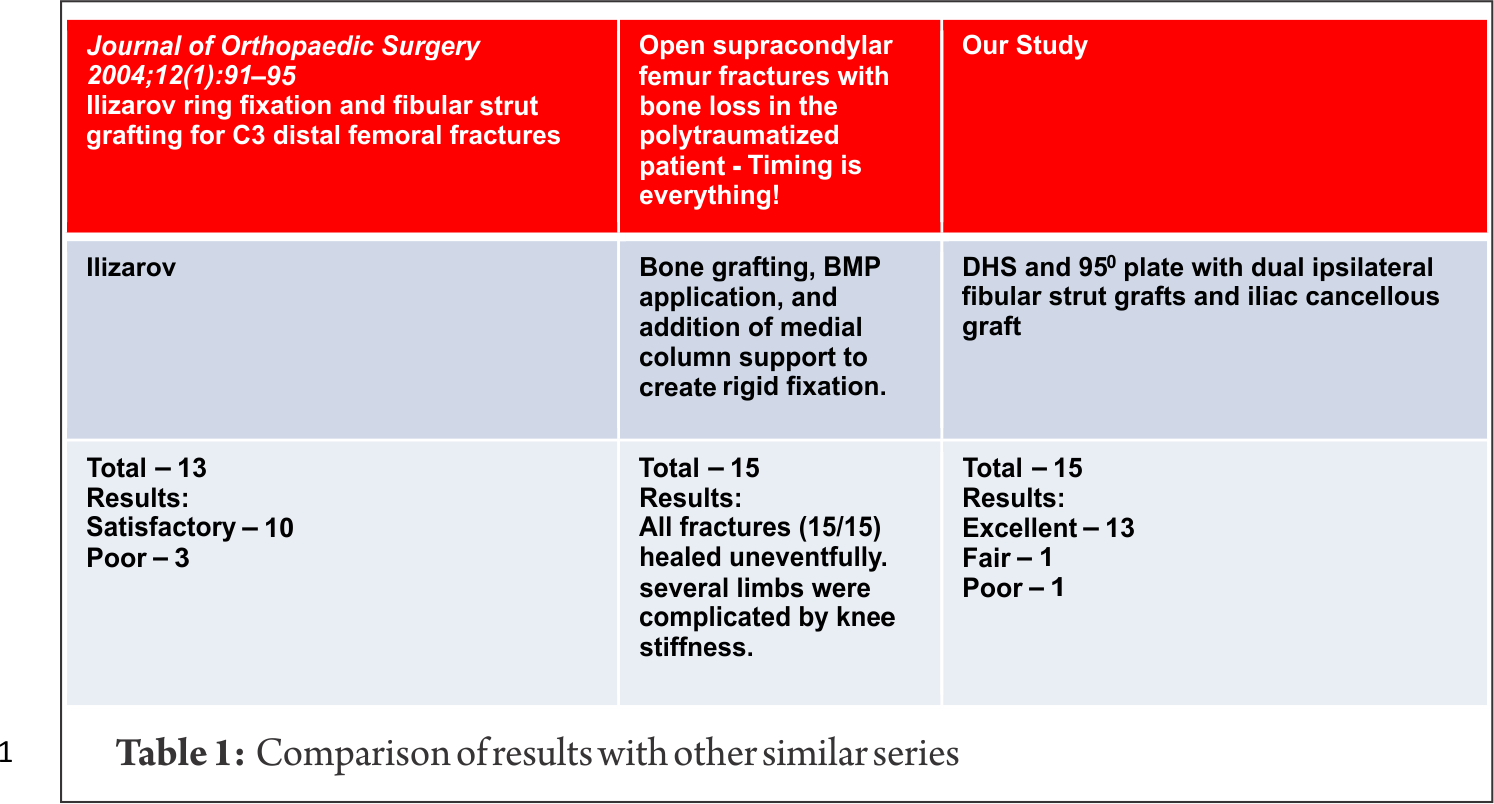Volume 2 | Issue 1 | Jan-Apr 2016 | Page 12-16|Majed Al-Mourgi1
Author: Majed Al-Mourgi[1]
Address of Correspondence
Abstract
Purpose: The purpose of this study is to assess the effectiveness and impact of trauma care system, according to the survival in the case of trauma. The main focus of this study is to evaluate the patient survival rates caused by trauma and checking either it is increasing or decreasing due to trauma system. Methods: In this research study, the quantitative data analysis approach is used to examine by the use of different statistical tools. Multiple linear regressions used to find the effect of independent variable on the dependent variable. Results: The results that obtained from the multiple statistical and different important tools must predominantly recognize the effectiveness of trauma system implementation and its impact on patient survival rates. The p-value is found to be significant as it is less than the predefined level of significance. Conclusions: The results defined the effects of trauma care system is used to increase the survival rates. With the development of trauma care center the survival rates is significantly increase and the effectiveness of the trauma care system is depending on the response time taken for trauma injury
Keywords: Patient, Quantitative Research, Survival Rates, Trauma Care System.
Introduction
Trauma is found to be the significant cause of permanent disability and death throughout the world. In USA, a wide study was conducted in order to assess the effectiveness of trauma care system in suburban and urban areas. In the study, patients were originally identified from database of discharge on basis of codes and also stratified according to the severity and type of injury, age and gender [1]. The study provides the detailed results on significant covariates known to cause the risk of death. From 5191enrolled patients were selected in the study from the total of 18,198 trauma patients who are able to meet the inclusion criteria [2]. It is found that the survival rates were significantly increased in patients by getting treatment from trauma care center than in patients getting treatment at a non- trauma care center [3].
According to the nature of trauma, the outcomes of trauma can be improved by developing certain trauma systems which is internationally known as “Trauma Care System” [4]. There are 5000- 6000 trauma patient die according to the report of RTA (Recorded Trauma Accident) [5]. For each person who dies, there are numerous thousand more persons are injured and most of them with permanent sequelae. It is also realized that 48% of the total mortality rate are caused by car accidents. These are the significant increment found in health related problems due to injury throughout the world. From the past history of trauma centre it is observed that every day death of approximately 16,000 people is realized caused by injuries. Approximately 16% of global burden of diseases is caused by injuries [5]. From which less than 90% of the total injuries burden mostly occurs within middle income and low income countries. Another significant cause of mortality in the western countries is patient’s ages from 1 to 44; however trauma strikes at all ages.
The registries of trauma play a significant role in the trauma care system, although the success of such system is hard to compute by means of related official and publications use for quality control. From the report of King Abdullah International Medical Research Center in Saudi Arabia, Trauma is the major sources of suffering, not only cause the patients leading to loss of their life but also cause temporarily or permanently disability in the patients. It is also cause to major economic loss. There is high probability for Trauma found in the young and working age adults, but it is also realized that if injury strikes at geriatric age the mortality ratio is much higher [6].
Background
Inclusive trauma system is found to be the most severe cases which are transferred to a trauma center [6]. In 2006, Utter et al. conducted a study for 2001 severe trauma patients which used inpatient databases in order to identify all severe trauma patients from 24 US states. From these 24 US states, 8 states where classified as ‘exclusive’, also another 8 states were classified as ‘more inclusive’ and the remaining 8 states were classified as ‘most inclusive’. In this study, from the total 61,496 patients with an ISS of 16 or higher were enrolled [13].
After the London bombings, analysis of resource and response studied by Aylwin et al. in 2005. This study showed a test for the trauma care system from the large resource of consumption for a very short period. In this study, researcher realized approximately 775 casualties and total 56 deaths from which approximately 53 were death at the scene. 55 patients were triaged as priority 1 and 2 severely injured. From these 55priority 1 and 2, twenty were critically injured. The realized over- triage rate was 64% and it is also observed that 3 patients died in hospital [14].
In Saudi Arabia, trauma is considered as a major problem related to public health which increases the rates of mortality and morbidity. For the socioeconomic burden, trauma causes the emotional and psychological stress on families, depletion of human resources and the healthcare facilities. In order to minimize these impacts of trauma, a national trauma care system has to be developed and implemented before it is too late to manage the further complexities of trauma in the future.
Research Design
For this study, the research design is used to define the objective of the research study. It is also defined as an effective approach that used to define the nature of research study. Past studies are significantly used to assemble the data in order to identify the nature of research study. The major aim of this research study is to assess the impact of trauma care system and its effectiveness on survival rates. Accidents are the major source of injuries or trauma. Therefore, different descriptive analysis tools are used to evaluate the occurrence of research in order to recognizing and describing the need of competitor analysis [3].
Research Questions
For this study, the research questions are used to explain the problems cause by trauma and implication of trauma care system. Inferential statistical tools are significantly used to solve these problems by collecting and analyzing the secondary data [1].
The primary objective of this population based research study is to evaluate the implication of the trauma system and its impact. For this study, the underlying research problem is to evaluate the effectiveness of the trauma care center with respect to the survival rates. The impact of trauma system for injured patients is found to be a positive sign with respect to previous researches. The major aim of this study is to analyze the impact and effectiveness of trauma care center with respect to the survival rates. For that purpose various descriptive research approaches were used to analyze the occurrence of injuries [11].
· Question 1: Does general team response in the trauma care system play an important role?
· Question 2: Are survival rates significantly increasing by the development of trauma care centers?
Research Hypothesis
In this research study, research hypothesis is used to analyze the stated problem and research design by the uses of the research hypothesis for implication of trauma management. For speculation about the research and experiment, therefore the hypothesis are stated for trauma in order to check the hypothesize research and experiment results [12]. In this study, a systematic approach is developed in a systematic way in which data is collected for the study to address the research question.
For this research study, different statistical approaches are used in order to check the research hypothesis by means of specification, prediction and testable data. The purpose of the state hypothesis is to develop a summary and also to develop the need in operational term and frame work of research [10]. For the study, the hypotheses are stated in order to check the speculation is either confirmed or rejected with the help of the statistical model. The study based on the following hypotheses:
· H1: The general team response does not play an important role of trauma care system.
· H1A: The general team response plays an important role of trauma care system.
· H2: Survival rates are not significantly increasing by the development of trauma care centers.
· H2A: Survival rates are significantly increasing by the development of trauma care centers.
Materials and Methods
Methodology is one of the most significant elements for this research study because author wants to analyze the effect of trauma care system with the help of systematic approach of research. The methodology of a research study is used to draw a design by which the study received help in executing the research. It also provides helped to complete information in an organized manner and realized proper flow to gather all the necessary information which can help to conclude the research hypotheses. Conversely, the research methodology for a specific research study provides a systematic technique in which data is collected and on the basis of collected data research questions can be evaluated or the research hypothesis can be assessed.
In this study, quantitative research methodology is used with an aim to get appropriate outcomes. The research methodology for this study refers to draw the outline in a systematic way in which the data is collected for the study with an aim to provide the valid conclusion about the research questions [6]. It can be more simply defined as the research methodology is a comprehensive plan that incorporates such procedures in order to formulate and state the research question to check the hypothesis [1].
This study is conducted with an aim to get positive increment in the survival rate after implementing trauma care system. Its effectiveness evaluated from the population based study. This study used trauma care center data which is collected throughout the year on monthly bases. The responses provided by the patients are on their traumatic experiences are collected as the quantitative data. The collected data is used to investigate by using multiple statistical techniques that provides appropriate results [12].
Data Collection
In this research study, the secondary quantitative data is used to analyze the research problem. The quantitative data analysis used to examine the effectiveness of trauma system implementation and its impact on patient survival rates. For that purpose the selected data is explained on monthly bases.
The quantitative approach based research study gives serious solutions that are important to identify the main problems of research [9]. In order to estimate appropriate results, the quantitative research is used to identify the importance of statistical significant and contract with numerical data. It totally informs the practical values of various theories that define numerous structures.
Results
Correlation
In statistics, correlation is a technique that is used to show whether and how strongly set of variables are associated with each others. Conversely, it is used to check the effect of one variable on the other variable as increase in one unit how it is affected to other variable. Correlation is defined as the degree by which two variables for the same group of elements explains a tendency to differ to each other [5].
From the outcome of table 1, the strong and positive association found between the team general response and other variables. However, there is a moderate association between the team general response and gastric tube but it is also found that the result is insignificant because the p value is greater than the predefined level of significance i.e., 0. 05.
Regression
In this study, the regression analysis tool is used in order to estimate the relationship between the variables. It is also used to analyze and forecast the post value of general team response in the trauma system on the base of past values [7].
From table 2, the model summary explains that the value of R square is near to 1 which tells us that the fitted linear regression model is accurately stated.
From table 3, the regression coefficient explains the linear relationship between the dependent and independent variable. From the table, there is a negative association found between the dependent variable and independent variable. All estimated results are significant on the bases of p value.
ANOVA
ANOVA (analysis of variance) is defined as the collection of statistical models in order to analyze the association procedure and difference between the groups means [4].
From table 4, the F stat is 779. 325 and the p value is less than the predefined level of significance therefore, the null hypotheses are rejected and conclude that the general team response for the trauma in the trauma care system play an important role and survival rates are significantly increasing by the development of trauma care centers.
Discussion
Trauma has been considered as the most leading cause of injuries and mortality among individuals particularly to those with the age below 45 years. According to this research study, the effectiveness of the trauma care system in hospitals is highly depending on the response of team. It has been observed from the above study that the excessive variables are highly effectual in defining the response time to operate trauma in the trauma care system and its impact for increasing survival rates. The correlation table portrays the positive impact of the response time because of the strong positive strong correlation realized among the selected variables. The results showed that all of these variables were positively associated with the effective team management. Also, the P value is less than the predefined level of significance i.e., 0. 05, therefore the results are significant [8]. The obtained results and statistical outcomes defined on the bases of A&E other roles and functions, Gastric Tube, Hypo/Hyper Thermia machine, Diagnostics -Radiology, Initial Vital Signs, Diagnostics -Lab, Diagnostics Fast, Diagnostics CT Scan.
Conclusion
From the above research results, according to the obtained results the increment of survival rate trauma care system plays a significant role. The study found that for severe injury case there is a very small probability of survival. The goals developed by the mutual and developed from research methodology, there are significant relationship found between the variables. In this study, the effectiveness after implementing trauma care system is realized and also its impact on patient survival rates are also found significant. From the research results there is a significance found in the effectiveness and impact of trauma system in increasing the survival rates. The different variables were analyzed to conclude the hypothesis and study provide the enough evidence to conclude that trauma care centers is significantly increasing the survival rates. The study also concludes that the early response from the team is highly effective for the trauma care system.
References
1. Barisa, M. T. , Dahdah, M. N. , Schmidt, K. , Barnes, S. A. , Dubiel, R. , Dunklin, C. , . . . & Shafi, S. . Comparative effectiveness of traumatic brain injury rehabilitation: differential outcomes across TBI model systems centers. The Journal of head trauma rehabilitation, 29(5), (2014), 451- 459.
2. Lu, M. , Althausen, P. L. , Thomas, K. C. , Shannon, S. F. , Biagi, B. N. , & Boyden, E. M. . Implant standardization for hemiarthroplasty: implementation of a pricing matrix system at a level II community based trauma system. The Journal of arthroplasty, 29(4), (2014), 781- 785.
3. Unsworth, A. , Curtis, K. , & Asha, S. E. . Treatments for blunt chest trauma and their impact on patient outcomes and health service delivery. Scandinavian Journal of Trauma, Resuscitation and Emergency Medicine,23(1), (2015), 17.
4. Porter, A. , Wyrick, D. , Bowman, S. M. , Recicar, J. , & Maxson, R. T. . The effectiveness of a statewide trauma call center in reducing time to definitive care for severely injured patients. Journal of trauma and acute care surgery, 76(4), (2014), 907- 912.
5. Cole, E. , Davenport, R. , Willett, K. , & Brohi, K. . Tranexamic Acid Use in Severely Injured Civilian Patients and the Effects on Outcomes: A Prospective Cohort Study. Annals of surgery, 261(2), (2015), 390- 394.
6. Bodnar, D. , Rashford, S. , Hurn, C. , Quinn, J. , Parker, L. , Isoardi, K. , . . . & Clarke, B. . Characteristics and outcomes of patients administered blood in the prehospital environment by a road based trauma response team. Emergency Medicine Journal, 31(7), (2014), 583- 588.
7. Church, E. C. , Selassie, A. W. , Cao, Y. , Saunders, L. L. , & Krause, J. . Accelerated death rate in population- based cohort of persons with traumatic brain injury. The Journal of head trauma rehabilitation, 29(3), (2014), E8- E19.
8. Bulger, E. M. , Fox, E. E. , del Junco, D. J. , Holcomb, J. B. , Brasel, K. J. , Hoyt, D. B. , . . . & ROC Investigators. (2015). Collider bias in trauma comparative effectiveness research: The stratification blues for systematic reviews. Injury. (2015).
9. Lansink, K. W. , & Leenen, L. P. . Do designated trauma systems improve outcome?. Current opinion in critical care, 13(6), (2007), 686- 690.
10. Yeung, H. H. , Rainer, T. H. , Gabbe, B. J. , Yuen, K. Y. , Ho, H. F. , Kam, C. W. , . . . & Graham, C. A. . A Comparison of Functional Outcome in Patients Sustaining Major Trauma: A Multicentre, Prospective, International Study. PloS one, 9(8), (2014), e103396.
11. Chiu, Y. L. , Allen, B. B. , Gerber, L. M. , Ghajar, J. , & Greenfield, J. P. . Age- specific cerebral perfusion pressure thresholds and survival in children and adolescents with severe traumatic brain injury. Pediatric critical care medicine: a journal of the Society of Critical Care Medicine and the World Federation of Pediatric Intensive and Critical Care Societies, 15(1), (2014), 62.
12. Jurkovich, G. J. . Focusing on the New Reality in Trauma Care. Annals of surgery, 260(1), (2014), 22.
13. Utter, Garth H. , Ronald V. Maier, Frederick P. Rivara, Charles N. Mock, Gregory J. Jurkovich, and Avery B. Nathens. Inclusive trauma systems: do they improve triage or outcomes of the severely injured?. Journal of Trauma and Acute Care Surgery 60, no. 3 (2006): 529-537.
14. Aylwin, Christopher J. , Thomas C. Konig, Nora W. Brennan, Peter J. Shirley, Gareth Davies, Michael S. Walsh, and Karim Brohi. Reduction in critical mortality in urban mass casualty incidents: analysis of triage, surge, and resource use after the London bombings on July 7, 2005. The Lancet 368, no. 9554 (2007): 2219-2225
| How to Cite this article:.Al-Mourgi M. Effectiveness of Trauma System implementation and its impact on Patient Survival Rates. Trauma International Oct-Dec 2015;1(2):12-16. |

